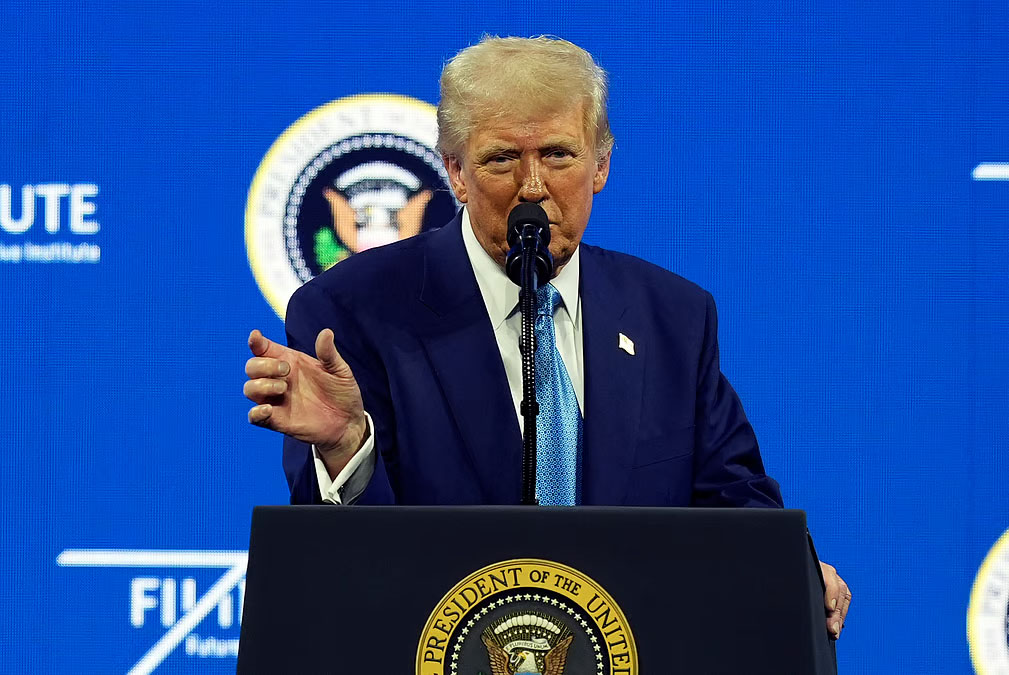Iran is reeling from a recent Israeli and American aerial onslaught that exposed its outdated and underpowered air force. In the wake of this military humiliation, Tehran is now turning to China for a critical upgrade—by purchasing Chengdu J-10C fighter jets. The move signals a strategic pivot and a desperate attempt to modernize its crippled air capabilities after delays in a much-anticipated deal with Russia.
A Humbling Blow from the Sky
The Israeli-American airstrikes last month were a wake-up call for Iran. As dozens of warplanes pierced Iranian airspace, Tehran’s air force was conspicuously absent. Not a single significant aerial response came from Iran—its jets remained grounded, exposing just how vulnerable and outdated its current fleet is. The attack not only inflicted strategic damage but also delivered a psychological blow to Iran’s military prestige.
According to multiple international reports, the strikes laid bare the inadequacies of an air force largely composed of Cold War-era American and Soviet aircraft, many of which are no longer fully operational. With around 150 aging fighter jets—such as F-4 Phantoms, F-14A Tomcats, and MiG-29s—Iran's air defense remains unfit to meet the demands of modern warfare.
Russia Fails to Deliver, China Steps In
Following the humiliation, Iran's military planners are recalibrating. Tehran had earlier inked a deal with Moscow to acquire 50 advanced Su-35 fighter jets, along with Mi-28 attack helicopters and S-400 air defense systems. But the deal has faltered badly. As of mid-2025, only four of the Su-35 jets have been delivered, and Iran has so far received only Yak-130 training jets. The promised modern firepower remains largely undelivered.
Enter China. Tehran has now revived talks with Beijing to procure Chengdu J-10C fighter jets—a modern, 4.5-generation multirole aircraft that has seen successful deployment by the Pakistan Air Force, most notably during skirmishes with India. These jets are compatible with PL-15 air-to-air missiles, which offer long-range precision capability and are considered among the most advanced in their class.
Why the J-10C, and Why Now?
The Chengdu J-10C presents several advantages for Iran. First, it's considerably cheaper—reportedly costing $40–60 million less per unit compared to the Su-35. Second, it’s battle-tested in regional conflicts and comes with missile compatibility that significantly enhances Iran’s tactical options.
This isn’t the first time Iran has eyed the J-10. Talks began in 2015 for a 150-jet deal, but negotiations collapsed as China demanded hard currency, while Iran—then under a UN arms embargo—could only offer oil and gas. The embargo's expiration and increasing desperation after the Israeli strikes have brought both sides back to the table.
According to Forbes, Iran now plans to buy at least 36 J-10Cs—a move that would represent its most significant fighter jet acquisition in decades. While the jets alone won’t make Iran a dominant air power overnight, they will give Tehran a desperately needed technological leap forward.
A Calculated but Costly Rebuild
Iran’s decision to turn to China for fighter jets is both strategic and symbolic. It acknowledges the failure of Russia to deliver on key military promises and reflects Tehran's acute awareness of its declining aerial deterrence. The J-10C deal, if finalized, will begin to plug the gaping holes in Iran’s air defense.
However, modernization will take time, resources, and a fundamental overhaul of Iran's defense doctrine. With regional tensions at an all-time high and its adversaries fielding far more advanced air power, Tehran’s move to acquire Chinese jets is a step toward survival, not supremacy.
In the shadow of Israeli and American dominance, Iran’s skies remain vulnerable—but for the first time in years, it is looking to change that, one fighter jet at a time.
(With agency inputs)






















